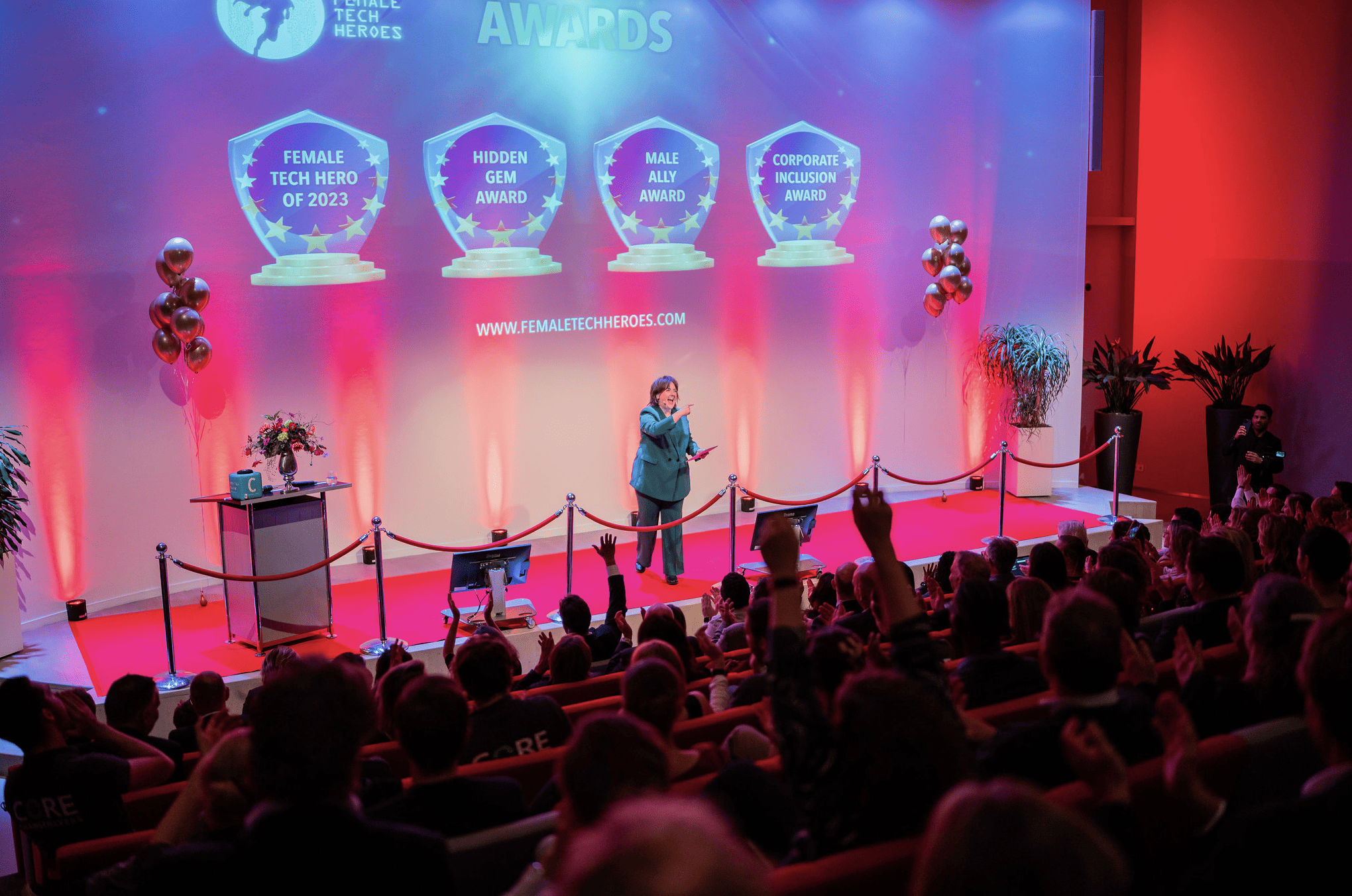
In the wake of the recently burgeoning anti-racism movement, attention is also being increasingly focused on diversity and inclusion in the workplace. A positive development, all the more so, considering that all professional domains should ideally be a reflection of society. Yet if handled well, diversity and inclusion also bring a wealth of new ideas, insights, networks as well as markets to organizations, companies, and start-ups. Especially those that need technological innovation. Diversity and inclusion also improve the corporate image.
Johan Cruijff, Dutch soccer player and number one coach of all time, as well as being an entrepreneur himself, said it all: ‘Évery disadvantage has its advantage.’ Social scientific research, for example, shows that although diverse teams may initially cause friction because of the differences in culture, experiences, and ways of communicating, in the long run, they benefit from all these diverse styles and views.
For example, more than ten years ago the Netherlands Organization for Applied Scientific Research (TNO) concluded in its report ‘The added value of ethnic diversity: good for business’ that the presence of people from different cultural backgrounds in the workplace brings all kinds of benefits. From better utilization of the labor market to finding a broader sales market to more efficient business operations.
People from diverse backgrounds each bring their own knowledge, culture, and networks along with them. Diversity therefore makes organizations with a heterogeneous workforce more innovative, creative, agile, and ultimately more profitable. Which certainly offers more advantages than disadvantages for organizations and companies in our rapidly changing world.
Innovation, diversity and inclusion
Companies, especially those that focus on new technological innovations, are better off with as diverse a workforce as possible. Development and research into innovative technology, which revolves around exploring unfamiliar areas and breaking new ground, benefits from a heterogeneous group of employees with a wide range of fresh, innovative ideas. This will be much less the case in a homogenous work environment, where everyone is basically peering through the same pair of glasses.
Finally, companies that focus on innovative technology will also have to realize that by not investing in neither diversity nor inclusion, i.e. a work atmosphere in which everyone feels accepted and seen, they will miss out on all kinds of (top) talent from within and outside the country’s national borders.
Diversity in business: facts and figures
In spite of all the promising scientific insights, however, the cultural-ethnic diversity in the business world is still dire, as was recently revealed during a tour of Dutch companies. The proportion of highly educated people with a non-western or migrant background, while gradually increasing, still lags behind where advancement to higher positions is concerned. Also, unemployment among people with a non-western migrant background in the Netherlands is as much as three times higher than among employees of native parentage, according to last year’s figures from the Dutch Social and Economic Council (SER).
Consultancy firm Berenschot comes to a similar conclusion in its report following a study in collaboration with publishing company Performa and AFAS Software. In this study, almost 2000 HR professionals indicated what the most important themes for their companies and organizations are for 2020 and 2021. This revealed that only a meager 20 percent were actively pursuing diversity, as opposed to 44 percent of organizations within the Public Administration sector.
Gender and diversity
Significant steps have been taken in the past year with regard to gender and diversity. Good examples of this are the establishment of FundRight and the Borski Fund, Along with the Dutch parliament’s decision to have at least one-third of supervisory board positions filled by women. As a consequence, after years of stagnation and even decline, this year, for the second year in a row, one in four newly appointed directors were women. Stichting Talent naar de Top (‘Talent to the Top Foundation‘) even speaks of a ‘historic increase in the number of women at the top’.
Initiatives are still in their infancy
Initiatives to promote cultural-ethnic diversity in business are still very much in their infancy. In recent months, however, several organizations have expressed their commitment to more cultural-ethnic diversity.
For example, on 1 September science funder the Dutch Research Council (NWO) launched an incentive program with a budget of €12.5 million aimed at attracting more people with a non-Western migration background as part of a New National Action Plan for Diversity and Inclusion, whereby the Dutch Ministry of Education, Culture and Science (OCW), Royal Netherlands Academy of Arts and Sciences (KNAW), the Association of Universities in the Netherlands (VSNU) and the Dutch Network of Women Professors (LNVH), among others, joined forces.
The Dutch Startup Association (DSA), the largest independent interest group for start-ups and scale-ups in the Netherlands, also launched a Diversity at Work Charter in cooperation with the SER last July. In doing so, the DSA pledges to commit to ‘goals in the areas of ethnicity, race, gender, age, socio-economic status, language, religion, sexual orientation, geographical area, and work skills.’
Finally, as of July 1, organizations with more than 250 female and male staff will be able to gain insight into the diversity of their own workforce through the Cultural Diversity Barometer provided by the Dutch Central Bureau of Statistics (CBS), so that they can take targeted action.
Blackwashing
Nevertheless, we should watch out for Blackwashing. A trend in which politically correct statements are used for the sake of a better corporate image and profit motives, without tackling the underlying mechanisms that are linked to racism and discrimination. Similar to Greenwashing, whereby companies and organizations showcase their sustainability efforts without making any actual fundamental changes to their goals and operations.
In response to the global Black Lives Matter (BLM) movement, within a short period of time, major companies such as Warner, Sony Music, Walmart, Google, Apple, and YouTube have pledged no less than 2 billion dollars to anti-racist organizations and initiatives. Streaming services such as Amazon Prime and Netflix also suddenly made a remarkable amount of promotions for films, documentaries, and series focusing on black themes, yet the leading actors in Netflix series are still predominantly white. In the wake of BLM, Amazon banned the use of its proprietary facial recognition software by the police. But this turned out to be only a temporary measure. And meanwhile, in view of the business ties with the same police force, everything is just about the same as it ever was.







